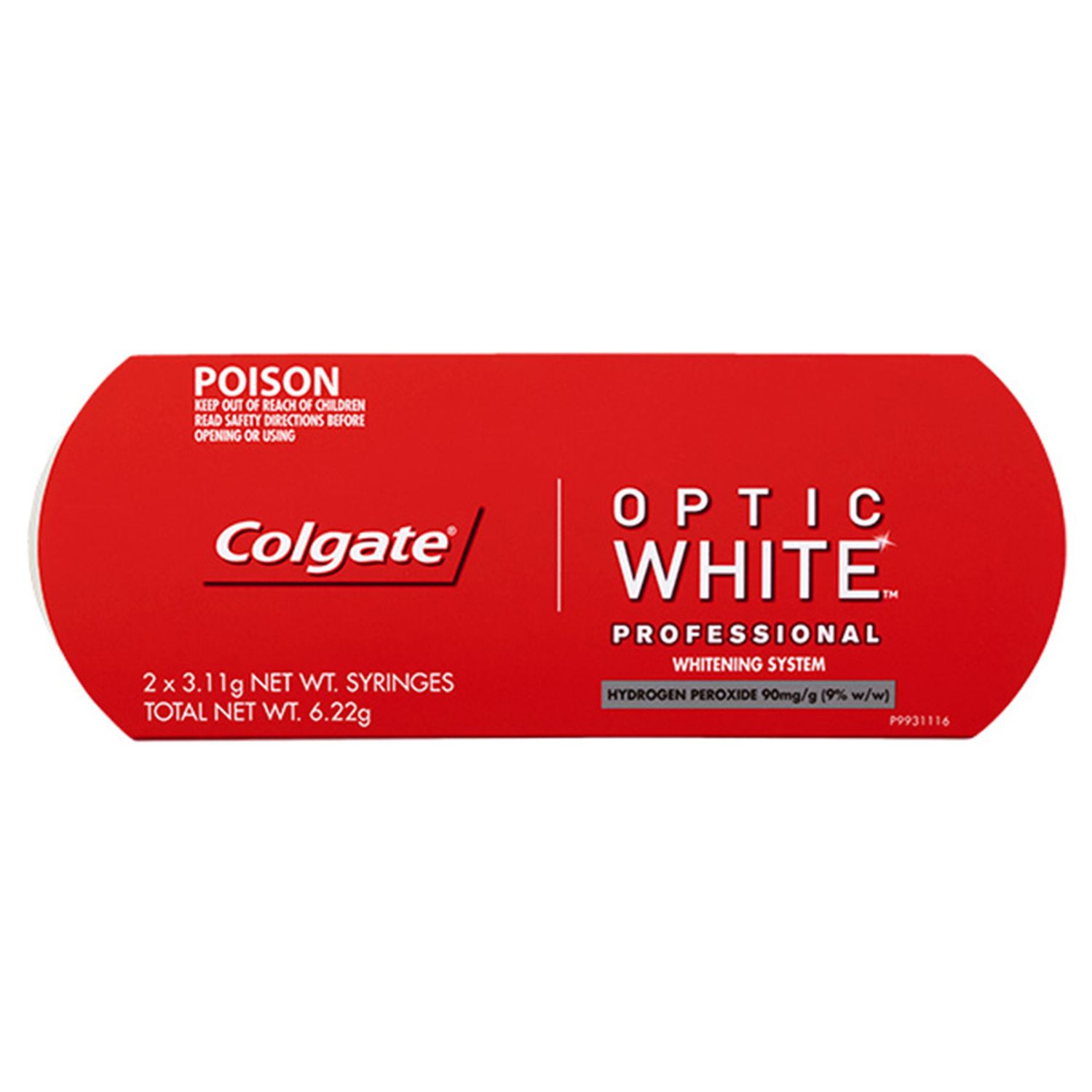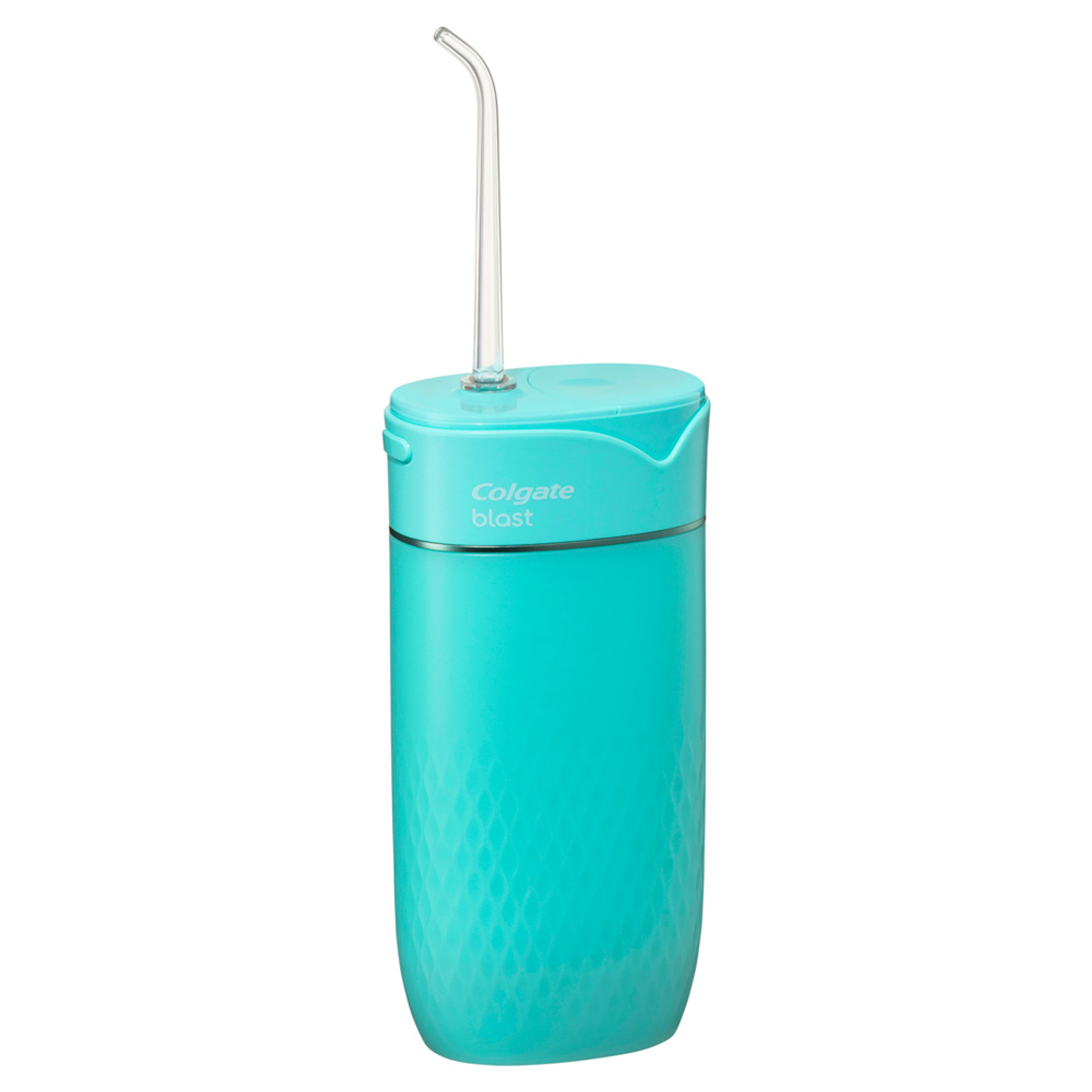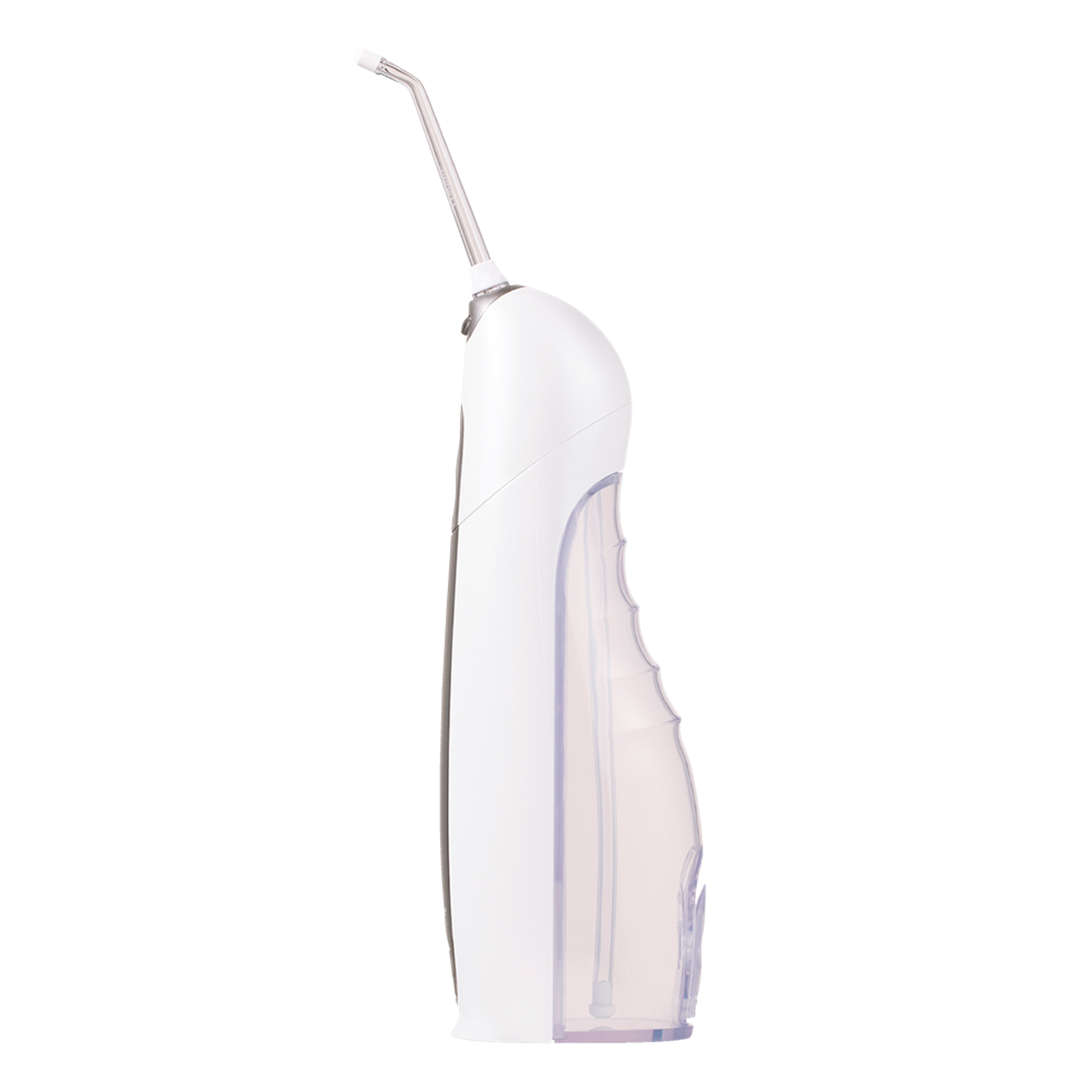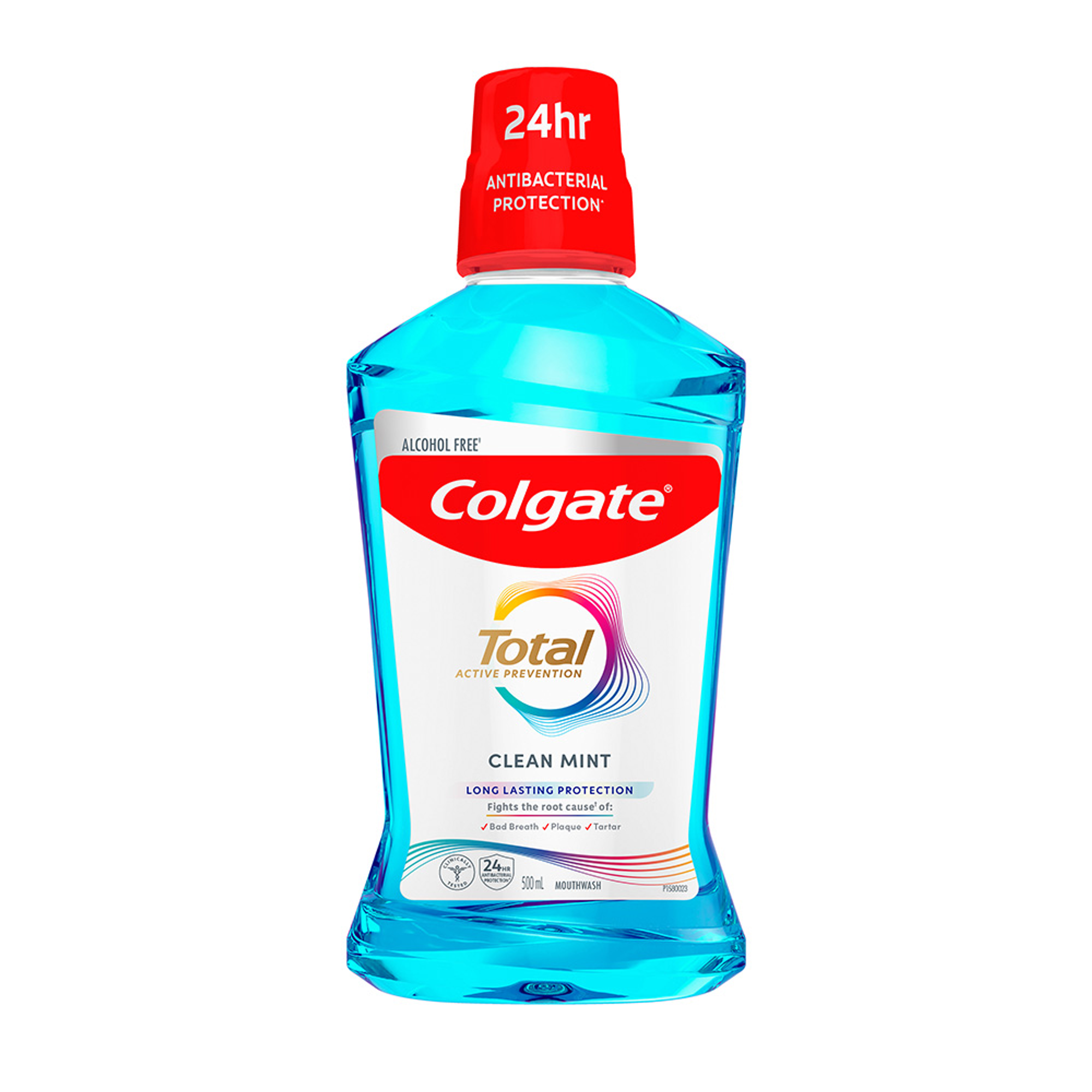
Dentistry has transformed substantially since its inception as a barber-driven apprenticeship, which is even implicit in our evolution from Dental Surgeons into Doctors of Dental Medicine. So why have we not pivoted our practice of operative dental care towards a more proactive model of care with a focus on oral wellness?
The World Health Organisation 2022 Global Oral Health Status Report1 emphasises that collectively, the prevalence of preventable oral diseases outranks any other health condition, with untreated caries of primary and permanent teeth (affecting 42% of children and 29% of the wider population, respectively) and severe periodontal disease (which affects 19% of adults) continuing to affect a collective 3.5 billion people worldwide. For this reason, the management of established disease ultimately commandeers a considerable portion of our workdays. But how did we get here? Unfortunately, it’s not quite as simple as pointing a finger at Big Soda.
Preventive healthcare models applied to chronic conditions such as diabetes and cardiovascular disease are also relevant to oral disease processes. Chronic disease trajectories have been described in terms of allostasis (i.e. a dynamic equilibrium at which health is maintained within an individual’s capacity to respond to disease-modifying stressors) that can ultimately progress to disease when the individual is subjected to cumulative allostatic loading that exceeds their adaptive capacity.2 While initially reversible and manageable with more conservative interventions, missed windows for interceptive care culminate in chronic disease progression to the point of permanent physiologic damage and dysfunction, necessitating more expensive and invasive treatments. Traditionally, engagement in reactive healthcare coincides with the point at which an individual can identify symptoms – a point at which opportunities for intervention have been missed.
Reflecting on oral health and disease, dysbiosis and eventual tissue destruction can arise from cariogenic diets exceeding the capacity for salivary buffering, fluoroprophylaxis or mechanical cleaning to re-establish a health-associated microbiome, as well as dysregulation of host-related factors that can contribute to oral pathosis. In the context of oral mucosal pathology, initial DNA damage caused by carcinogens such as tobacco is usually eliminated by regulatory apoptotic mechanisms. However, abnormal cells may accumulate mutations with chronic exposure if protective cell death pathways are exhausted or evaded, manifesting as increasingly genetically heterogenous and clinically aggressive lesions. Patients experience higher oral morbidity with progression of these disease states (as defined by algorithms such as the International Caries Detection and Assessment System,3 the 2018 revised periodontal classification4 and even the TNM tumour staging system for oral cavity cancers), eventually resulting in the loss of teeth and key orofacial structures. As is consistent for many legacy approaches to chronic disease management, dental healthcare delivery is grounded in a model of reactive care, with sirens only beginning to blare when an individual has begun to experience poor oral health outcomes or systemic complications thereof.
Inherent in a problem-oriented pattern of dental care is the perception that disease severity is not sufficient to motivate an individual to access services.5 Although it’s easy for laypeople to visually identify a “poor dentition” that triggers service engagement late in the disease process, we, as dentists, are uniquely trained to provide early diagnoses for our patients with our armamentarium of diagnostic tools and clinical expertise. Herein lies the importance of routine dental visitation to capture patients for opportunistic screening.
While regular dental visitation is widespread in childhood, we unfortunately observe an attrition in rates of routine dental attendance after individuals enter adulthood.6 Although there’s no strong evidence in favour of a standardised frequency of recall intervals for check-ups,7 Australians and New Zealanders who do identify as routine dental attenders have better self-reported oral health and lower oral disease burdens.6, 8 AIHW data8 suggest that patients with problem-oriented patterns of dental attendance have more than three times the incidence of untreated caries and at least 1.5-fold more teeth missing than routine attenders, whose caries is more likely to be managed restoratively than with exodontia. A greater number of extractions in problem-oriented attenders reflects (a) missed opportunities for earlier interceptive treatment to prevent caries progression to the point of pulpal deterioration, (b) abstention from endodontics, which is often guided by the short-term health economics in those facing financial hardship and (c) clinician-driven decision-making based on perceived restorative prognosis. Unfortunately, those with infrequent dental service engagement are less aware of strategies to prevent dental problems and do not compensate for a lack of professional care by employing more dental self-care behaviours that reduce their need for dental interventions.9 This emphasises the importance of every patient interaction affording opportunities for preventive (and interceptive) care, as well as oral health promotion to optimise hygiene practises and control modifiable caries risk factors.
Despite the promise of emerging precision dentistry approaches to detect subclinical oral disease, current gold standards of diagnosis are tailored towards identifying overt clinical and radiographic manifestations of oral disease. At this point (with the exception of intra-enamel caries and plaque-induced gingivitis), irreversible loss of tooth structure or periodontal support has generally occurred, necessitating restorative or surgical care or palliative periodontal maintenance.
While objective measures such as saliva testing can provide insight into a patient’s oral disease risk, identifying risk factors is largely dependent on having a reliable and health-literate historian, as well as knowing which questions to ask to truly deconstruct patients’ behaviours. My clinical interrogation, especially in high disease-risk patients, leaves no stone unturned until I can firmly settle on modifiable risk factors to encourage patients’ participation in their healthcare journey. Our high caries risk patients frequently report having “normal” diets that are, upon further delving, demonstrably cariogenic. Furthermore, I’ve been astounded by the number of patients I’ve encountered who are naïve to the old Chestnutt “spit, don’t rinse”10 to reap the rewards of topical fluoride, because cups were co-located with their toothbrushes in the bathroom of their childhood home. As soon as I draw the analogy to applying SPF50 half an hour before going for a swim, minds are blown by the revelation that it’s fruitless to invest in a 5000 ppm toothpaste for it to be instantly washed away without conferring its full remineralising potential. Finally, it’s often not until we ask our patients to demonstrate their oral hygiene techniques that we might understand why they struggle with mechanical plaque removal. Attention to detail is paramount. However, it also takes time, which (in private practice at least) is money and is unfortunately considered by many to be a luxury in schedules set by KPI-oriented practice managers or over-worked public health services.
Perhaps the salaried public dentist has more incentive to channel clinical time into building sustainable oral healthcare habits, with the view to prevent re-presentation with new disease that consumes limited public resources and carries the opportunity cost of others on the waitlist accessing care. However, the majority of oral healthcare in Australia is delivered by private dental practitioners who operate on a fee-for-service model heavily influenced by health insurance companies that financially disincentivises the provision of preventive services. Preventive item codes such as 141 (oral hygiene instruction) are not considered to be as profitable as interventional services (especially high-end restorative services), as the fee scheduling doesn’t necessarily reflect the clinical time invested in counselling patients appropriately. In an ideal world, performance-based pay schemes that reward oral health outcomes would be more conducive to preventive service provision. However, they are exceptionally complex to implement and would have to adjust for patient-related factors to avoid financially disadvantaging providers servicing patients with lower baseline oral health or poor compliance despite their dentists’ best efforts.11 Perhaps the answer lies in government subsidisation of preventive item codes to encourage payment-for-prevention models of remuneration.
Only recently have I crystallised the thought that a clinician’s scope of services would feed into their self-perceived status and professional identity.12 Preventive care doesn’t lend itself to a viral ‘before-and-after’ transformation post that flaunts technical prowess. While established disease ultimately needs to be addressed with rehabilitative care, we fixate too often on procedural capabilities being the marker of a successful clinician rather than their propensity to effect sustainable change in their patients. Some dentists believe that oral health advice is best delivered by dental hygienists, therapists or assistants to allow them to focus on their own extended procedural scope of restorative and surgical care. While we should enlist the broader health workforce and student body to expand our capacity for preventive services, it is our professional responsibility as dentists to provide comprehensive oral healthcare to each of our patients. In my experience at least, the highest degree of career satisfaction comes from empowering vulnerable patients to take agency over their own health journeys to break the cycle of oral disease.
References
1. Global oral health status report: towards universal health coverage for oral health by 2030. Geneva: World Health Organisation, 2022.
2. Sagner M, McNeil A, Puska P, et al. The P4 Health Spectrum - A Predictive, Preventive, Personalized and Participatory Continuum for Promoting Healthspan. Prog Cardiovasc Dis 2017;59:506-521.
3. Gugnani N, Pandit IK, Srivastava N, Gupta M, Sharma M. International Caries Detection and Assessment System (ICDAS): A New Concept. Int J Clin Pediatr Dent 2011;4:93-100.
4. Caton JG, Armitage G, Berglundh T, et al. A new classification scheme for periodontal and peri-implant diseases and conditions – Introduction and key changes from the 1999 classification. Journal of Clinical Periodontology 2018;45:S1-S8.
5. Rambabu T, Koneru S. Reasons for use and nonuse of dental services among people visiting a dental hospital in urban India: A descriptive study. J Educ Health Promot 2018;7:99.
6. Thomson WM, Williams SM, Broadbent JM, Poulton R, Locker D. Long-term dental visiting patterns and adult oral health. J Dent Res 2010;89:307-311.
7. Fee PA, Riley P, Worthington HV, Clarkson JE, Boyers D, Beirne PV. Recall intervals for oral health in primary care patients. Cochrane Database of Systematic Reviews 2020.
8. Health AIo, Welfare. Dental attendance patterns and oral health status. Canberra: AIHW, 2011.
9. Gilbert GH, Stoller EP, Duncan RP, Earls JL, Campbell AM. Dental self-care among dentate adults: contrasting problem-oriented dental attenders and regular dental attenders. Special Care in Dentistry 2008;20:155-163.
10. Chestnutt IG, Schäfer F, Jacobson AP, Stephen KW. The influence of toothbrushing frequency and post-brushing rinsing on caries experience in a caries clinical trial. Community Dent Oral Epidemiol 1998;26:406-411.
11. Vernazza CR, Birch S, Pitts NB. Reorienting Oral Health Services to Prevention: Economic Perspectives. J Dent Res 2021;100:576-582.
12. Leggett H, Csikar J, Vinall-Collier K, Douglas GVA. Whose Responsibility Is It Anyway? Exploring Barriers to Prevention of Oral Diseases across Europe. JDR Clin Trans Res 2021;6:96-108.
BIO:
Emma Turner, a founding member of the Colgate Advocates for Oral Health: Editorial Community, completed her Doctor of Dental Medicine at the University of Western Australia as the Australian Dental Graduate of the Year 2020. She is an avid hospital dentist, having worked in Melbourne’s southeast and more recently in the Top End and is passionate about contributing to the future of oral health through dental education, community engagement and research. She hopes to share her insights to encourage members of the dental profession to reflect on opportunities for personal and professional growth to benefit our patients and the wider community.
Join us
Get resources, products and helpful information to give your patients a healthier future.
Join us
Get resources, products and helpful information to give your patients a healthier future.











